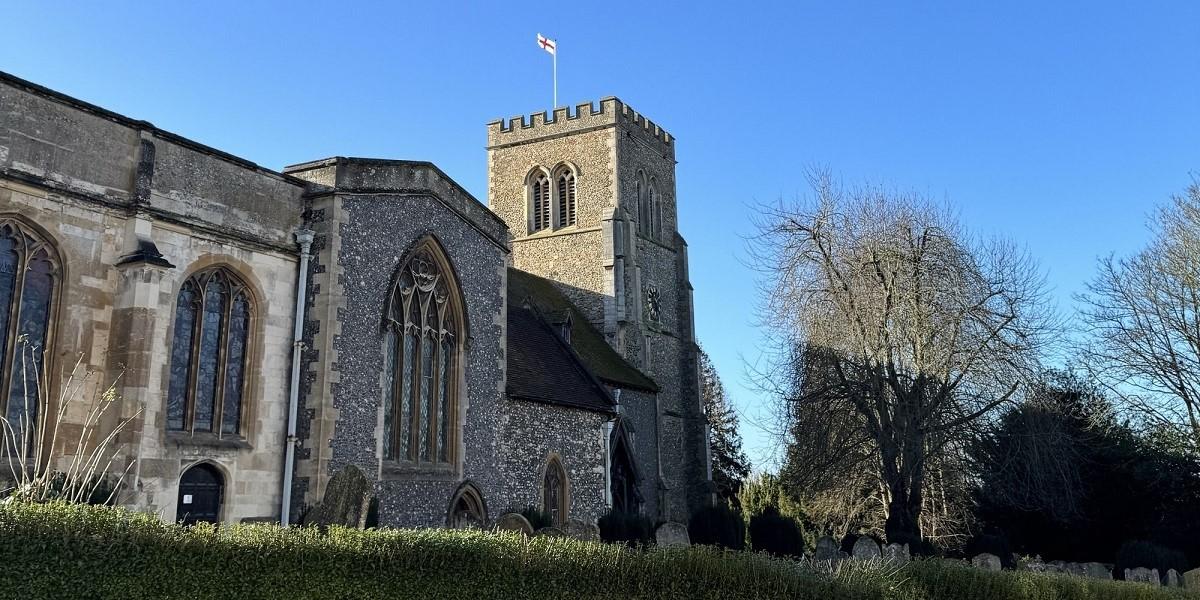Heritage
In this section
Historic churches

The Old Church
The Old Church of Ayot St Lawrence dates back to the 12th century but was partially demolished in 1775 by Sir Lionel Lyde, a Bristol-born merchant who inherited the Ayot Park estate – apparently because the church was spoiling his view. The arch between the Chancel and the North Chapel was rebuilt in 1920, and in 1999 work began to stabilise the ruin, which is now a grade II-listed building.
Palladian Church
The grade I-listed Palladian Church at Ayot St Lawrence, was commissioned by Sir Lionel Lyde as a replacement for the old church and partly funded through wealth derived from the slave trade. Built in 1778, it is an early example of Greek Revival architecture, loosely modelled on the columns found in the temple to Apollo on the Greek island of Delos. Sir Lionel and his wife are buried in mausoleums on opposite sides of the church.
St Etheldreda’s Church
The Church is dedicated to St. Etheldreda, an Anglo-Saxon princess who founded a monastery at Ely. The current church, originating in the 13th century, retains little of its medieval structure. In the 15th century, Cardinal Morton added the Tower, followed by the addition of the Brocket Chapel. The 17th century saw the construction of the Salisbury Chapel, coinciding with the completion of the nearby Hatfield House. Significant restoration occurred in the 19th century, focusing on the Nave and Roof due to structural decay. The Tower was restored 20 years ago.
Three Prime ministers are buried in the church. Robert Cecil has a monument, designed by Maximilian Colt, in the Salisbury Chapel. The 3rd Marquess of Salisbury, who was three times Prime minister to Queen Victoria, has a cenotaph dedicated to his memory near the sanctuary. Lord Melbourne and his wife Lady Caroline Lamb, of Brocket Hall, are also buried in the church.

